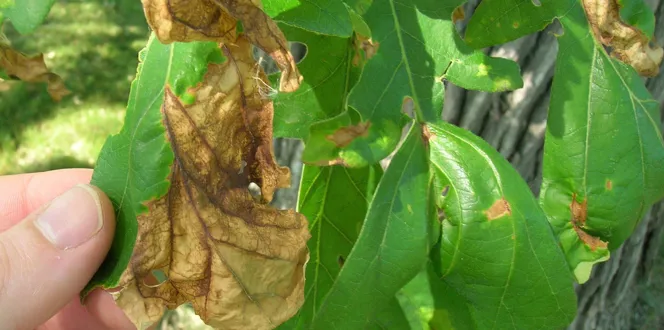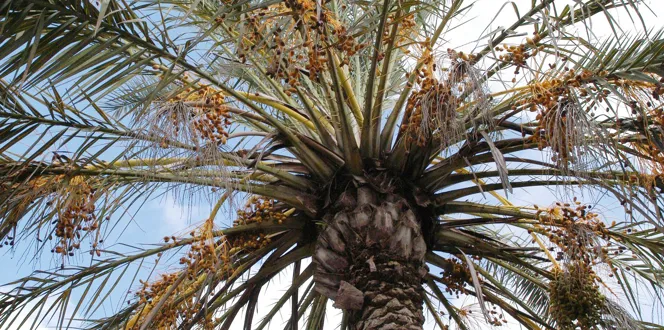Maintaining healthy and attractive boxwood shrubs is important when you want to keep these evergreen favorites looking good in your home landscape.
Box tree moths have become a significant concern for homeowners, particularly those who cherish their boxwood shrubs.
Are box tree moths dangerous? The short answer is, “Yes,” especially to boxwood plants. While they do not pose a threat to human health, box tree moths can quickly cause substantial damage to boxwoods, potentially leading to their death if not managed promptly.
Let’s talk about these pests, the damage they can cause, the trees they impact, box tree moth treatment options, and the best times for control.
Box Tree Moth Description
The box tree moth (Cydalima perspectalis) is an invasive species native to East Asia. It was first detected in Europe around 2007 and has since spread to North America.
An adult box tree moth is typically white with a distinctive dark brown or black border around its wings, though some variants may be entirely brown. The key identifying characteristic is a small white crescent moon on the forewing. The wingspan of an adult moth ranges from 1.5 to 1.75 inches.
But you are probably wondering how to identify box tree moth caterpillars, since they are the primary causes of box tree moth damage. These caterpillars, or larvae, are light green with black stripes and spots, reaching up to 1.5 inches in length when fully grown. They are voracious feeders and can quickly defoliate boxwood plants.
Box Tree Moth Damage: Signs & Symptoms
Box tree moth larvae feed on the leaves and bark of boxwood plants, causing significant damage. Early signs of an infestation can include:
- Skeletonized leaves: The caterpillars consume the leaf tissue between the veins, leaving behind a skeletal framework.
- Webbing and frass: As they feed, larvae produce webbing and frass (insect excrement), which can be seen on the plants. This also have a very pungent and distinct smell in moderate to heavy infestations.
- Browning and defoliation: Severe infestations lead to browning leaves and defoliation, weakening the plant and potentially causing death.
- Larvae presence: The most obvious sign of box tree moths is the presence of the caterpillars themselves, often found feeding on the underside of leaves. They like to hide, so it’s important to check your plants thoroughly.
Trees Susceptible to Box Tree Moth
Box tree moths primarily target boxwood shrubs (genus Buxus). These shrubs are widely used in ornamental gardening for hedges, borders, and topiary. All boxwood species are susceptible, including:
- Common boxwood (Buxus sempervirens)
- Japanese boxwood (Buxus microphylla)
- Korean boxwood (Buxus sinica var. insularis)
Additional plants box tree moth have been known to feed on include:
- Burning bush (Euonymus alatus)
- Japanese spindletree ( japonicus)
- Purple holly (Ilex chinensis)
- Orange jessamine (Murraya paniculata)
Typically, these plants are at risk if they are next to a boxwood.
Box Tree Moth Control
The box tree moth control method you choose depends on the level of infestation.
For small infestations, you can hand-pick caterpillars off of leaves and dispose of them in soapy water. Small caterpillars can be knocked off plants with strong water spray as well.
For more serious infestations, a licensed arborist will use one of several products for treatment. A main challenge to control includes achieving adequate coverage to reach the undersides of leaves where the caterpillars feed.
When Is The Best Time to Treat Box Tree Moths?
Timing is crucial for effective box tree moth control. The best time to treat is when the larvae are actively feeding, which typically corresponds with two main periods during the growing season:
- Early spring: As temperatures warm, overwintering larvae become active and begin feeding. This is an ideal time to apply treatments to target young caterpillars.
- Mid-summer: A second generation of larvae typically emerges in mid-summer. Monitoring and treatment during this period can help prevent severe damage.
Regular monitoring and prompt action at the first signs of infestation can help protect boxwood plants from significant damage.





